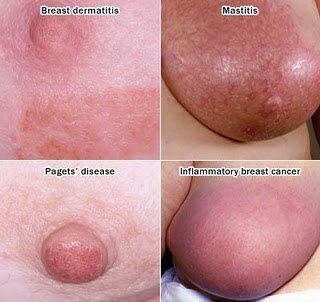Is a low-phosphorus diet beneficial to renal patients?
Why is a low-phosphorus diet beneficial for renal disease management? What foods have phosphorous in them?
Answer R.D.N., L.D., Rachael Majorowicz
Phosphorus is a mineral that occurs naturally in a variety of meals and is also added to a variety of processed foods. When you consume phosphorus-rich meals, the majority of the phosphorus enters your bloodstream. Extra phosphorus is removed from the blood by healthy kidneys.
You can acquire a high phosphorus level in your blood if your kidneys aren't working properly, putting you at risk for heart disease, weak bones, joint discomfort, and even death.
If you have phosphorus restrictions,
The amount of phosphorus you require is determined by your kidney function. You may need to minimize phosphorus if you have early-stage renal disease or are on dialysis. Because phosphorus is included in almost every diet, this can be difficult.
Natural foods, rather than processed meals with added phosphorus, are recommended by current standards. Natural foods provide higher nutrients overall since your body absorbs less phosphorus from them. People who needed to reduce their phosphorus intake were taught for years to avoid eating healthful foods like whole grains, beans, and other plant-based meals. According to recent study, this isn't essential.
Carefully read food labels.
Phosphorus may be added to foods during processing to thicken, improve taste, prevent discolouration, or preserve them. Check food labels to determine whether any ingredients contain the phrase "phos." When attempting to cut down on phosphorus, stay away from items that include the word "phos" in the ingredient list.
Phosphorus is added to meals in the following ways:
Phosphate of calcium
Phosphate of disodium
Acid phosphoric
Phosphate of monopotassium
Pyrophosphate of sodium
tripolyphosphate sodium
Look up ingredient lists online or talk to your dietician about other options.
The easiest strategy to reduce phosphorus in your diet is to avoid foods high in phosphorus, such as:
Foods sold in gas stations, fast food, and other packaged and convenience foods
American cheese, processed cheese spreads in cans or jars, and block-form prepared cheese
Fresh or frozen meats with additional taste or fluids to keep them moist, sometimes known as "phos."
Cola and pepper-type sodas, a variety of flavored waters, a variety of bottled or canned teas, fruit punch, energy or sports drinks, a variety of powdered drink mixes, beer, and wine are just a few examples.
The table below shows several low-phosphorus foods that can be substituted with high-phosphorus diets. Even if a meal or drink has a low phosphorus content, you should still manage portion sizes and limit the number of servings you consume each day.
The table below shows several low-phosphorus foods that can be substituted with high-phosphorus diets. Even if a meal or drink has a low phosphorus content, you should still manage portion sizes and limit the number of servings you consume each day.
















